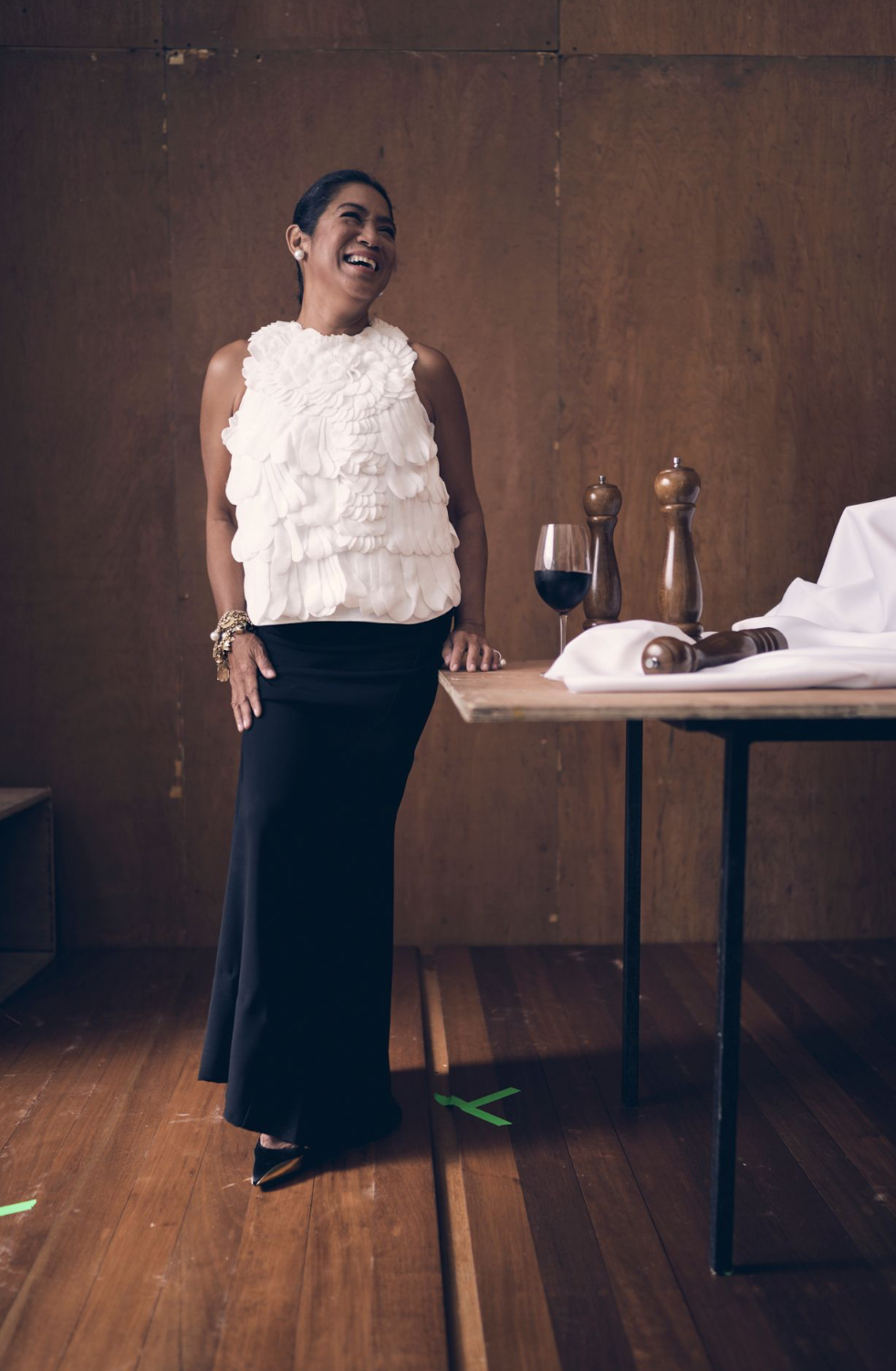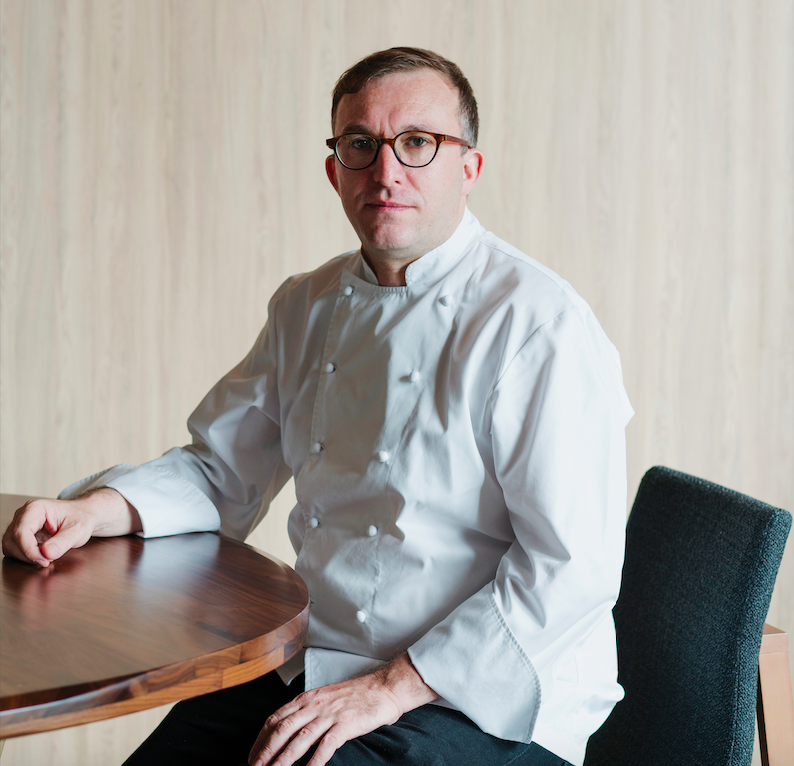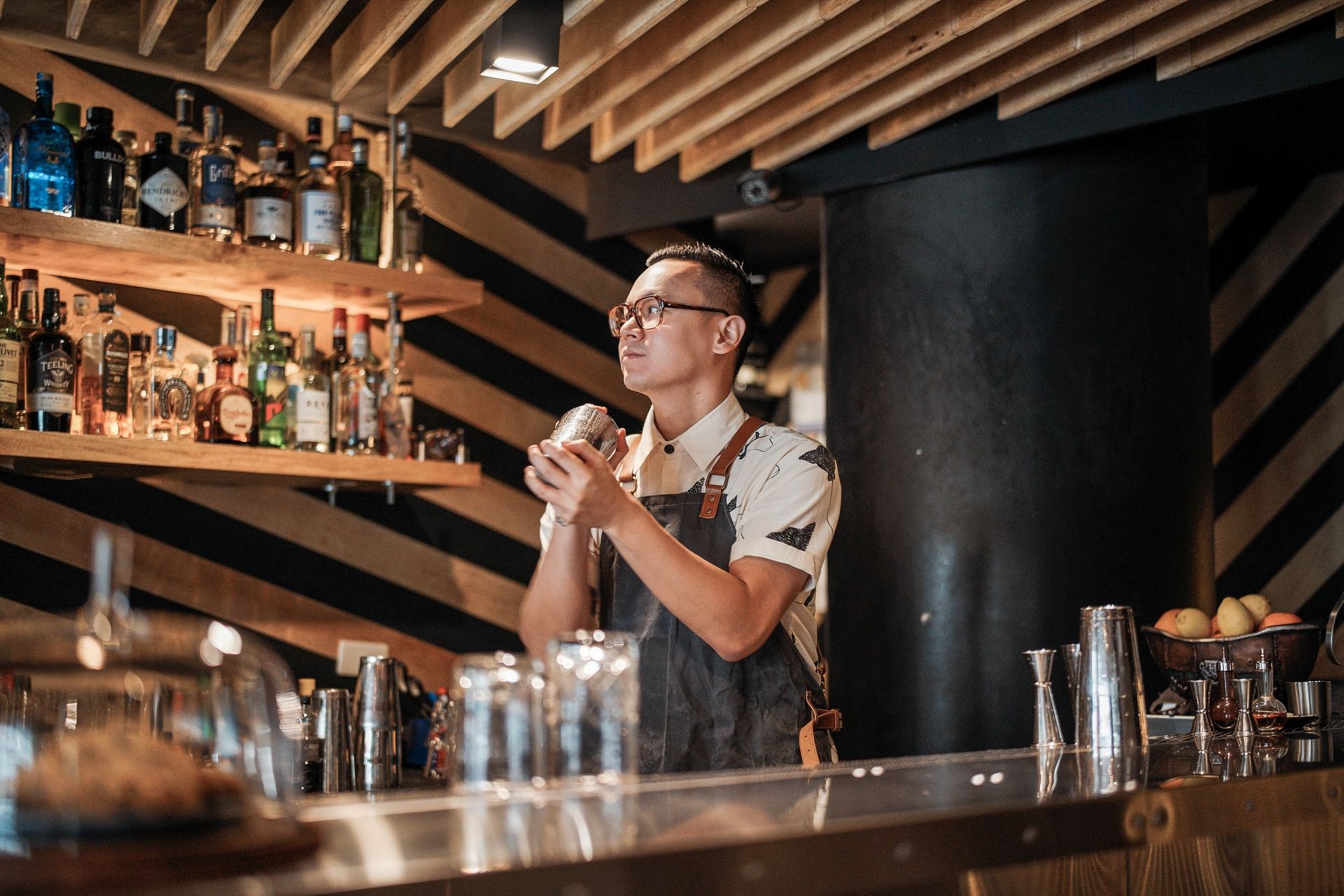Margarita Forés, Jordy Navarra, Chele González, David Ong, and Catherine Feliciano-Chon reflect on Filipino cuisine, celebrate our budding love for local, and inspire others to join the cause.
Food has always been a fundamental facet of Filipino culture. When we encounter fellow Filipinos abroad, our spirit of bayanihan instinctively comes alive. “The common language is food”, notes Catherine Feliciano-Chon, founder of CatchOn - the marketing and PR agency that’s represented Asia’s 50 Best since 2014. Since its launch (and the introduction of offshoot awards), it has spotlighted some of the Philippines' finest food and beverage titans, inspiring pride and determination throughout our culinary community.
Fervently discussing the lasting “desire to bring Filipino cuisine to the forefront”, Asia’s Best Female Chef 2016 Margarita Forés says “It’s been a movement [...] a vibrant new movement and the pandemic is not gonna stop it”. Chef Chele González, whose restaurant Gallery by Chele was named No. 90 in 2021, met Forés’ remarks enthusiastically, powerfully declaring “it’s a revolution”. Together with honourees Jordy Navarra and David Ong, Feliciano-Chon, Forés, and González came together to discuss Filipino cuisine, the local revolution, and how we can move forward.
See Also: How Loving Local Elevated 4 Filipino Restaurants Onto The Global Scene


The Core Of Our Cuisine: Hospitality, Diversity And Evolution
Hospitality
For David Ong, the barista and managing partner behind this year’s Asia’s No.38 bar The Curator, it’s all about “Pinoy hospitality”, expressing that Filipino cuisine is “not only [about] the food, but the people, the surroundings”. Similarly, chef Jordy Navarra believes that it’s very natural for Filipinos to be great hosts, as it’s “very innate in us that we always want the best for our guests” - a sentiment that certainly shines at his restaurant Toyo Eatery, which placed No. 49 in Asia’s 50 Best Restaurants 2021. Ultimately, as Forés beautifully put it, Filipino hospitality is “the warmth that’s unique to the world”.
See Also: 7 Summer Cocktails From Top Bars In The Philippines
Diversity
The Philippines showcases a rich diversity of culture, both as a multicultural nation with persisting influences from around the world and as a country boasting pockets of unique traditions across different regions. Recounting their travels throughout our sprawling archipelago, González and Forés echo each other's sentiments: “Every time that I travel I see a new ingredient, a new technique” and “there’s so much to learn [...] so much to discover”. At Toyo Eatery, this all-important “celebration of diversity” even translates beyond the food, and is articulated in the unique stories the staff members share with their diners. “They have a personal connection with the food that we serve [...] they talk about it in the way they understand it,” says Navarra.


